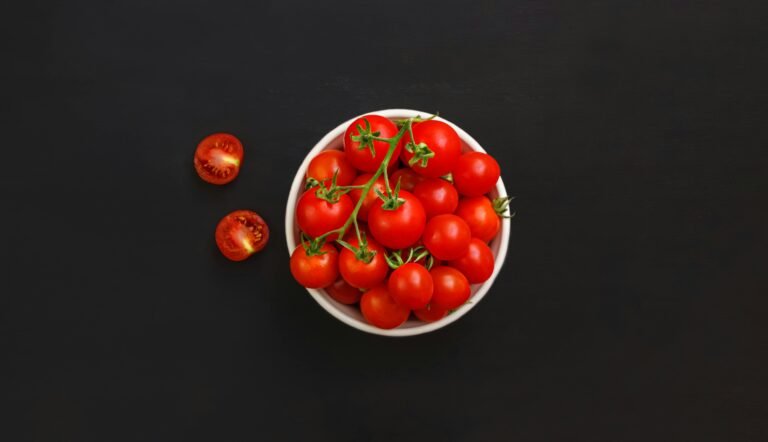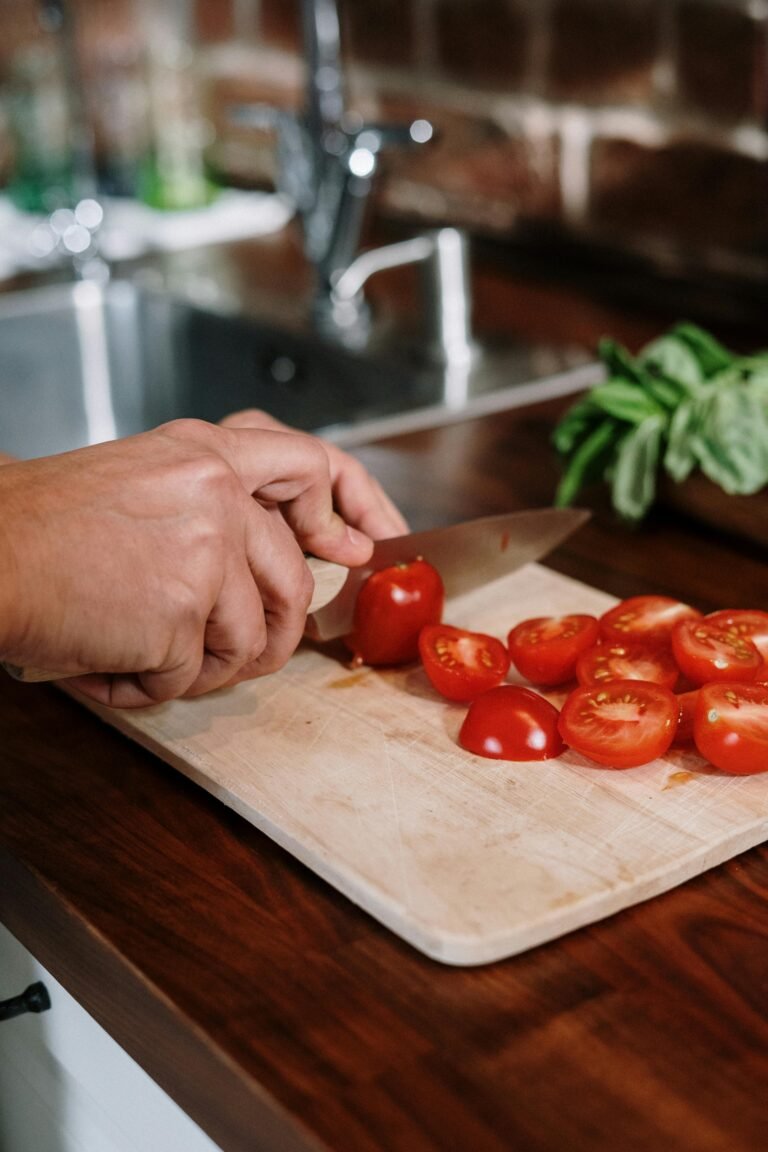Does checking the glycemic index of foods make you lose weight?
Does controlling the glycemic index of foods by doing a low glycemic index diet make you lose weight?
The answer is: not automatically, so no. On Prevention , a nice review on the glycemic index (or GI), clarifies point by point the reasons why a low glycemic index diet does not necessarily make you lose weight.
Let’s see the salient features of this survey and discover the reasons why the glycemic index is a theory like any other, despite epidemiological studies that have combined a low GI diet with improvements in some health parameters.
GLYCEMIC INDEX OF FOOD: WHY CHECKING IT DOES NOT MAKE YOU LOSE
-
Because the glycemic index tells us nothing about the quality of the foods we eat.
Consider that a four-cheese pizza, a Sneakers-style peanut snack, and a piece of Sachertorte all have a low glycemic index. And that natural foods like watermelon and banana have a high or medium-high glycemic index.
If the glycemic index were the only metric to consider, then we could eat nut bars all day and lose weight, or add pounds of peanut butter to bread to reduce its glycemic index (and also its own glycemic index). load). Do you think it is possible to make these choices and lose weight?
-
The glycemic index does not even tell us anything about the fattening power of the natural foods we eat.
The objection of some “but I only eat whole and / or natural foods” therefore the first example does not concern me, it falls into this second point. And yes, because even looking only at natural foods with a low glycemic index, we discover that honey, due to its quantity of fructose, is low GI, as well as oil seeds and peanuts. Again, would you eat honey or nuts all the time?
Aside from turning into Winnie The Pooh, these choices don’t automatically translate into healthy eating. -
Because the glycemic index tells us nothing about portions.
How much a food can increase our postprandial glycaemia, and therefore have an effect on insulin, we can establish (and not precisely) thanks to the glycemic load, and not to the index. Load establishes the glycemic power of a food based on the actual serving size. If the potato has a glycemic index of 80, 100 grams of potatoes will give us a medium and not a high glycemic load: this is because the potato also contains a lot of water.
-
The glycemic index is a bit of a dancer.
Pay attention to it, the glycemic index of foods does not always correspond to a number, but more often to a variable range.
Not only that: we know that there are a series of tricks to lower both the index and automatically the glycemic load of foods.The GI variable makes it difficult for us to be one hundred percent sure that what we eat will raise our blood sugar in the predicted manner. Also, a low GI food is not automatically a low sugar food. See the example of honey and all those fruits that have a much higher percentage of fructose than glucose.
-
Because depending on our activity level, we may be less concerned about the glycemic load.
People who play sports may have fewer worries even about the overall glycemic load of the meal, because, simplifying, they will have a different way of using carbohydrate resources, that is, they will have a better carbohydrate metabolism.





























+ There are no comments
Add yours